Posts posted by Baby
-
-
new art exhibition 'Free Food', opening reception 10 May 2014 at 5-01 46th Road Long Island City, NY, 11101
here the interview : http://www.dazeddigital.com/fashion/article/19644/1/cole-mohr-is-putting-on-an-art-show -
-
-
Haseena Atom Bomb (1990)
Pakistani movie directed by Saeed Ali Khan
the movie is in traditional Pashto with no english (or other) subtitles so hard to understand clearly the whole things (like tukish movies) but here a short summary.
plot :
A young woman who on her wedding night, is raped by a gang of criminals. She’s then forced to endure the torment of watching her husband to-be beaten and hung from the rafters using only her shoulders to keep him grasping onto life. When she eventually collapses he falls to his death sending her on a killing vendetta.
Before every killing she seduces the culprits in a lurid song and dance number.
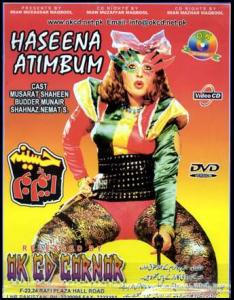
-
-
-
-
-
-
-
-
-
-
-
-
-
-
-
-
-
here a french serie of documentaries about photographers named Contacts.
The idea of the project, if I may say so, to show the connection (contact) photo-artist with a photo, give everyone the opportunity to comment on the photographer to his work. The uniqueness of the film that shows not just one picture, and often the whole series of images, of which only one frame later to be recognized (named), a brilliant, unique, inimitable, etc. In this film you can see what is the work of the photographer - to prepare a frame of mind or a place to try, experiment, wait, anticipate. And all for the sake of the dozens of excellent photographs to choose best of the best
The main idea of the project is to show the viewer not just photos of the author, but also to listen to him, talking about his creative path, on global matters, giving inspiration to the author, about the experiences and emotional lines of his work, some of the biographical facts of life master, and immediately the main thing - an individual creative process. Movies are accompanied not just show some photos, but often a demonstration of the negatives photographer (check fingerprint), with a series of doubles, where the author is his story about the shootings, about their thoughts and feelings at that moment, the choice of one single photograph, which will be the end result of a series of . As part of the movie is the voice of the author himself, in another - the curator of the photographer, critic, or sometimes the announcer reading the text of the first-person. Do not have any specific pattern, in which filmed. Each of them is unique, as the authors represented in the project.
each episode make 12 or 13 minutes and is in english.
01 - William Klein
02 - Henri Cartier-Bresson
-
episode 11 - The Adventure: 1956 to 1960
America's postwar prosperity continues and, in jazz, young talents arise to take the music in new directions. In 1956, the first year Elvis tops the charts, Duke Ellington has his best-selling record ever.
New artists emerge, most prominently Sonny Rollins, Sarah Vaughan and Miles Davis. Davis comes to exemplify the very essence of cool but, as the 1960s arrive, two freewheeling saxophonists, John Coltrane and Ornette Coleman, take jazz into uncharted terrain.
episode 12 - Jazz, a Masterpiece by Midnight: 1960 to the Present
During the Sixties, jazz is in trouble. Most young people are listening to rock and roll. Many jazz musicians head for Europe while at home, jazz searches for relevance led by Charles Mingus, Archie Shepp and John Coltrane.
Miles Davis, combines jazz with rock and roll and launches a wildly popular sound called fusion. However, in 1976 when Dexter Gordon returns from Europe for a triumphant comeback, jazz has a homecoming too and a new generation of musicians emerges. -
episode 09 - Risk: 1945 to 1949
Cold War tensions are reflected in the broken rhythms and dissonant melodies of bebop, and in the troubled life of bebop's biggest star, Charlie 'Bird' Parker.
His improvisations and self-destructive, narcotics-plagued lifestyle are widely copied by other musicians. His longtime partner, Dizzy Gillespie, tries to popularise the new sound, however, young audiences are now swooning over pop singers like Frank Sinatra.
Louis Armstrong forms the All Stars but, in his efforts, encounters racism in New Orleans.episode 10 - Irresistible: 1949 to 1955
A generation of musicians embrace the challenge of moving beyond Charlie Parker's innovations.
John Lewis and the supremely elegant Modern Jazz Quartet refine bebop's balance between improvisation and composition.
However, few people are listening to bebop. California musicians create a new, mellow sound called cool jazz, and Dave Brubeck mixes jazz with classical music to produce the first million-selling jazz LP, Time Out.
Then Miles Davis stands poised to lead jazz in a new direction. -
episode 07 - Swinging With Change: 1940 to 1942
As the 1940s begin and war overshadows everything else, jazz is changing. In a Harlem club called Minton's Playhouse, a small band of young musicians, led by the trumpet virtuoso Dizzy Gillespie and the brilliant saxophonist Charlie Parker, discover an exhilarating new way of playing which is fast, intricate and sometimes chaotic. When America finally enters the war in 1941, big band music is part of the arsenal, boosting morale both at home and for the troops overseas.
episode 08 - Dedicated to Chaos: 1943 to 1945
In war-torn Europe, jazz has been banned by the Nazis, but great musicians continue to play, turning the music into a weapon of resistance. For many black Americans, however, that sound has a hollow ring. They find themselves fighting abroad for liberties their own country denies them at home. Meanwhile, Duke Ellington premieres his symphonic suite tone portrait of black life in America, Black, Brown and Beige.
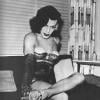
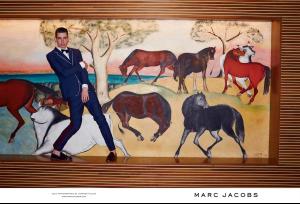
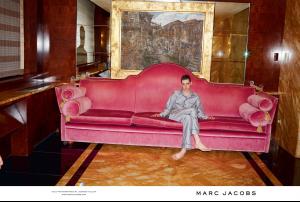
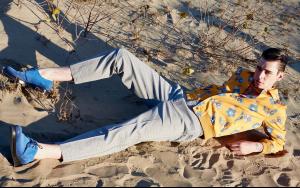
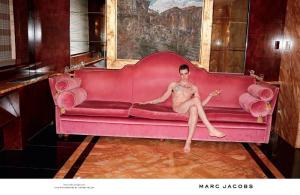
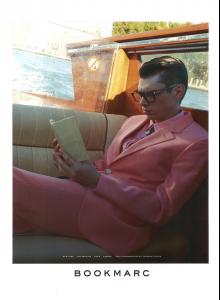
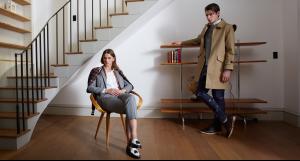

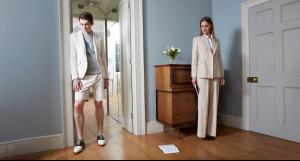
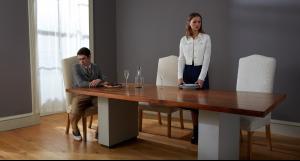
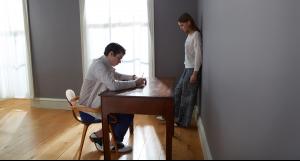
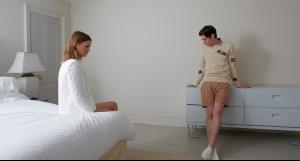
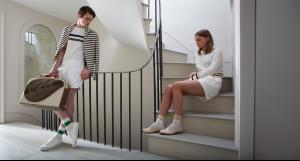
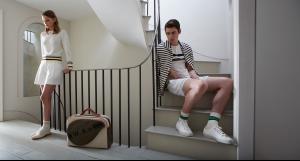
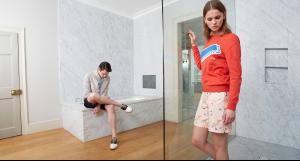
Cole Mohr
in Male Fashion Models
by Olaf Wipperfürth
http://www.olafwipperfuerth.com